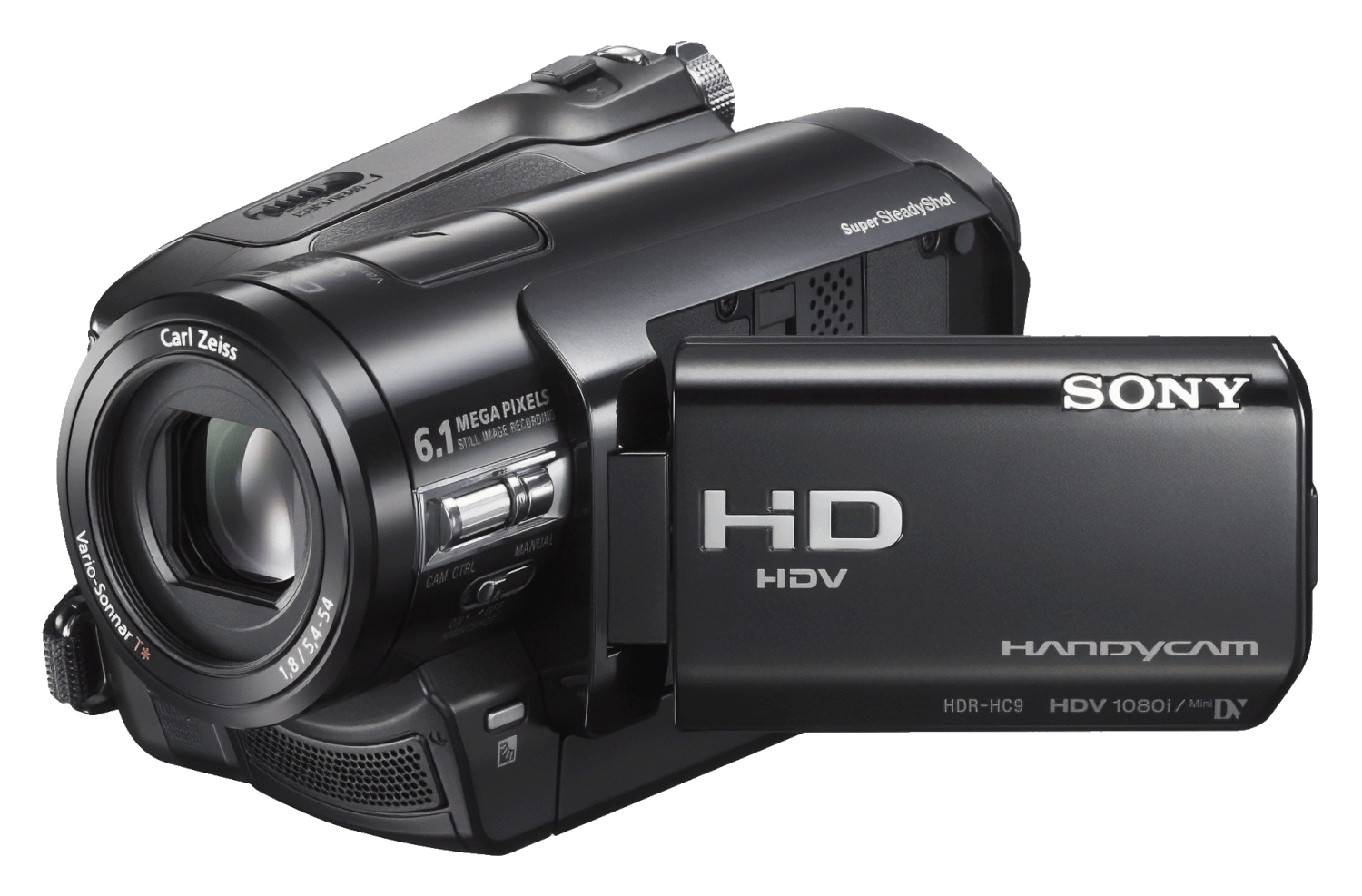HDV
Stands for "High-Definition Video."
HDV is a format designed to record high-definition digital video on standard DV and MiniDV cassette tapes. It was developed and released in 2003 by the HDV consortium, which includes JVC, Sony, Canon, and Sharp. HDV provided an upgrade from standard-definition DV video for personal and low-end professional use. HDV video cameras can record widescreen (16:9) video at either 720p or 1080i. A typical DV cassette stores up to 120 minutes of video at 720p or 80 minutes at 1080i, while a standard MiniDV cassette has roughly half that capacity.
The HDV format uses MPEG-2 video compression to store data more efficiently than DV, allowing digital video cassettes originally designed for SD video to store HD footage. However, MPEG-2 uses temporal compression that works across multiple frames instead of compressing each frame individually (as in DV); this makes frame-accurate editing of HDV video more complicated and prone to errors. MPEG-2 compression also means that the video source starts compressed directly from the camera, which can introduce artifacts when the edited video is re-compressed.
While HDV was a popular format supported by many digital camcorders in the 2000s and 2010s, it is now effectively obsolete outside of niche markets. Professional video cameras now record at 4k and 8k resolutions and save video directly to much smaller flash memory cards or internal SSDs. Meanwhile, most consumers carry smartphones in their pockets capable of recording much higher-quality video than HDV (with increased bitrates, higher frame rates, and even high dynamic range) without requiring anyone to juggle multiple cassette tapes. You can also watch, edit, and share videos directly from the phone without needing to transfer multiple DV tapes to a computer for editing.

 Test Your Knowledge
Test Your Knowledge